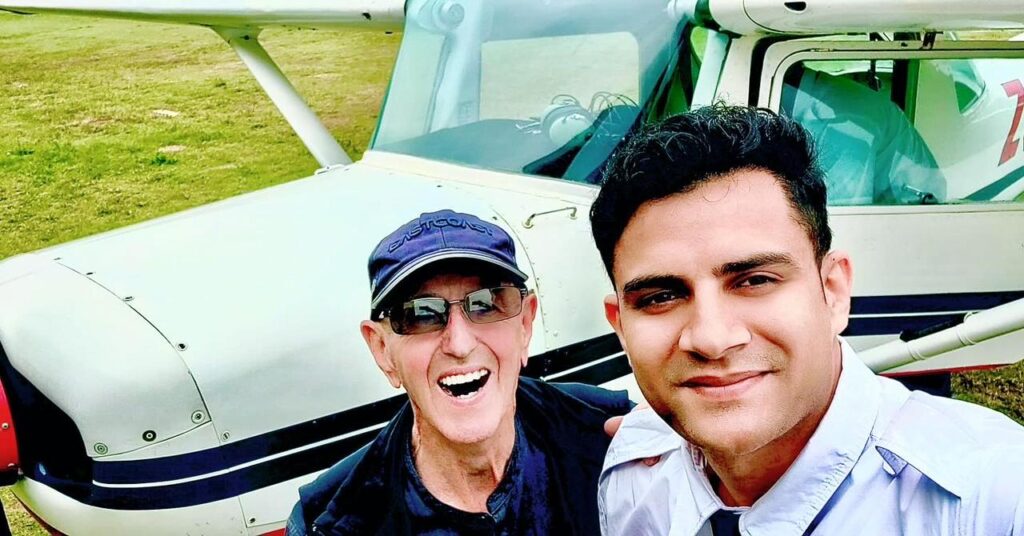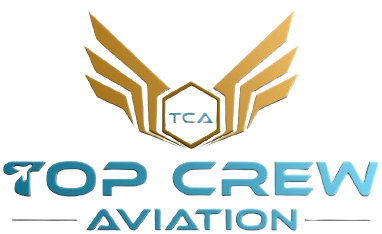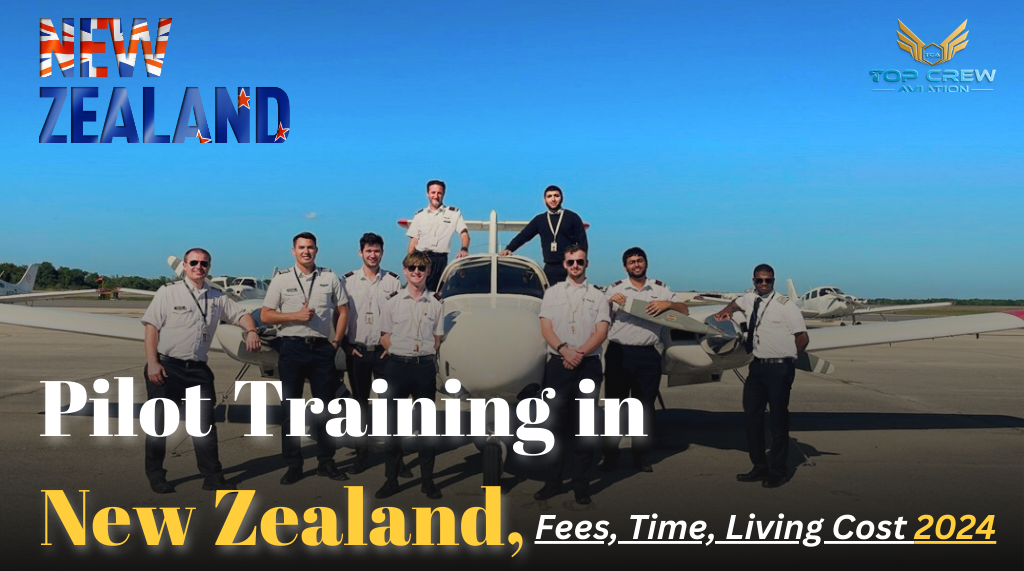There are several countries where you can pursue your Flight Training; one is the beautiful country of New Zealand. Pilot Training in New Zealand has been becoming an increasingly popular destination for future Pilots from India. Today we will look at everything you need to know and expect before starting your Journey in Aviation.
If you want to become an Airline Pilot in India, but don’t know where to start, Contact Us!
Table of Contents
- Why New Zealand is good for Flight Training
- Flying Schools in New Zealand
- Weather in New Zealand
- Geography of New Zealand
- Lifestyle of Student Pilot in New Zealand
- Part-Time Work Opportunities in New Zealand
- Cost of Pilot Training in New Zealand
- How to Become a Pilot from New Zealand
- Frequently Asked Questions(FAQs)
Why New Zealand is Good for Flight Training :
New Zealand is a great place for flight training as it has many flying schools that deliver quality training, large fleet sizes, favorable weather conditions, scenic landscapes, and excellent student-to-instructor ratios.

Quality of Training: New Zealand is a top destination for international students looking for safer, faster, more experienced training conditions than those in their own countries. The cost of flight training is also among the lowest in the world.
Exposure to Various Traffic: The majority of flight schools in New Zealand are housed within airfields and regional airports, students are exposed to greater air traffic, which is beneficial for bigger aircraft operations flying training.
Instructor Opportunities: Students can work as instructors after completion of their Pilot Training and opting for Instructor Rating, gaining valuable experience instructing future pilots, while also furthering their own skills and flying hours.
Visa Assurance: New Zealand offers a very high visa assurance for learners and educational purposes, simplifying the process for international students.
Part-Time Jobs: New Zealand’s Student Visa allows you to work for 20 hours per week, which can allow students to earn funds while Training.
Easy RTR License Conversion: Given that New Zealand is a Commonwealth nation, converting its radiotelephony license to an Indian radiotelephony license is simple.
Favorable Weather: New Zealand’s consistent weather allows for faster training completion and enjoyable learning experiences.
Cultural Experience: Students can immerse themselves in the “Kiwi” culture while receiving comprehensive training.
ICAO Recognition: The ICAO recognizes the New Zealand Civil Aviation Authority and guarantees that training satisfies international standards, it is simple to convert a New Zealand CPL to an Indian CPL.
Comprehensive Program: Many Flying Schools in New Zealand have programs that include DGCA-specific Flight Training, ensuring that the conversion process to Indian CPL is hassle-free.
Flying Schools in New Zealand :
Flying Schools are well-known for being prevalent in New Zealand. Around the country, there are a lot of prestigious flight schools that are either at or close to major airports and small airfields. To provide several students with continuous flight training, flying schools in New Zealand maintain sizable fleets of Aircraft. Here are a few renowned New Zealand flying schools for pilot training. –

| Flying School | Location | Courses/Licences Offered |
| NZICPA (New ZealandInternational Commercial Pilot Academy) | Christchurch | Private Pilot Licence (PPL), Commercial Pilot Licence (CPL)Airline Transport Pilot Licence (ATPL), Flight Instructor Rating, Instrument Rating (IR), Multi-Engine Rating, Night Rating |
| Air Hawke’s Bay | Hastings | PPL, CPL, FIR, ME-IR, Night Rating |
| Nelson Aviation College | Nelson | PPL, CPL, FIR, ME-IR, Night Rating |
| Ardmore Flying School | Auckland | PPL, CPL, ATPL, FIR, ME-IR, Night Rating |
| International Aviation Academy | Christchurch | PPL, CPL, ATPL, FIR, ME-IR, Night Rating |
| Wanaka Flight Training | Wanaka | PPL, CPL, FIR, ME-IR, Night Rating |
Flight Training Duration in New Zealand
Flight Training in New Zealand can take up to 10-14 Months to complete and will be dependent on the Fleet Size of the Flying School, Weather, and Individual Ability. If you’re concerned about training duration, Flight Training in New Zealand can help you finish it faster than in India, where it might take up to 18 months or more owing to weather and smaller fleet sizes.
New Zealand is acknowledged globally for its exceptional aviation training standards. Flying schools in New Zealand stick to rigorous international standards, ensuring that students receive the best in instruction, and practical experience and do not face any problems when converting their license back to India. The majority of New Zealand’s flying schools are familiar with the DGCA regulations and can provide flight instruction to Indian students who wish to work as airline pilots.
A lot of people who wish to compete in the aviation industry may find it appealing since aviation colleges in New Zealand provide a diploma or undergraduate degree in addition to pilot training.
All Flying Schools in New Zealand that have Flight Training Programs designed for International Students provide Hostel Services. Some even provide Mess Services and other modern amenities like WiFi, Swimming Pools, and Courts for Sporting Activities that will make your stay throughout your Pilot Training in New Zealand much more enjoyable.
Related:- Pilot Training in South Africa – Fees, Time, Weather, Cost 2024
New Zealand Weather for Pilot Training :
New Zealand offers amazing conditions for flying. The geography, varied landscapes, and typically excellent weather patterns of the nation make flying reliable. The weather in the country is nice and mild most of the year, so Flying is a fun experience. In simpler words – Flying in New Zealand is awesome! The views are stunning with mountains, coasts, blue waters, and plains. The weather seen here is unique to New Zealand, which makes each flight exciting. The North Island has more stable weather, while the South Island is more rugged and adventurous with weather to match.

Navigating through the diverse weather while flying in New Zealand is an exciting opportunity for Trainee Pilots. Each Flight will offer a unique test of skill and adaptability, understanding, and confidence needed in the cockpit to conduct a safe and orderly flight.
Geography of New Zealand :
When flying in New Zealand, one can see various lovely things such as the stunning coastlines, green forests, and sparkling lakes among others. Flying is fascinating, especially in the vicinity of large mountains like “The Southern Alps,” whose breathtaking majesty leaves a lasting impression. Also, from the skies people in the North Island get to witness such things as active volcanoes. If you are looking down from an airplane window seat at some point you’ll probably spot it
Lifestyle of Student Pilot in New Zealand :
In New Zealand, a student pilot will have plenty of thrilling and demanding days. He/she wakes up early to prepare for the training flights and studies the Ground Theory. It takes a long time to learn the technicalities of Flight. Their day is full of lessons from Ground School on Air Navigation, Meteorology for weather patterns, and Aircraft Systems.
When they are not doing theory work, taking checks and exams, they are in the cockpit perfecting Takeoffs, landings, and maneuvers under experienced instructors. Student pilots in New Zealand take great pride in exchanging information with their friends, whether it is in their free time when exploring or relaxing on excursions.
They do not let difficulties stand in their way; rather they push through it because they know that there is no Commercial Pilot License without them achieving each lesson and flight. Being a student pilot in New Zealand means being able to grow personally, learn continuously, and go on adventures as they fly through the skies which is what keeps them going.
Cost of Pilot Training in New Zealand :
Pilot Training in New Zealand includes several costs, including training fees, examination fees, licensing fees, landing fees, and additional expenses which are to be borne by the student. The main important factor when it comes to cost is the student’s individual ability and the type of aircraft used for training. An older Cessna 152 costs less to fly than a Diamond DA40.
The majority of flying schools in New Zealand provide a combined program designed to advance a student from having no prior aviation experience to holding a commercial pilot’s license (CPL). Flying Schools offers a comprehensive program that takes individuals from a Private Pilot Licence (PPL) to a Commercial Pilot Licence (CPL) with an Instrument Rating(IR). Let’s break down the costs –
Pilot Training Fees in New Zealand
- Flight Training Fees: Cover the cost of flying the aircraft, paying the instructor, and any related materials or resources used during pre-flight briefing. The cost of flight training depends on the type of aircraft used (single-engine or multi-engine), as well as on the hourly rates of each aircraft type at the flight school. Flight training fees are around NZD 50,000 to NZD 70,000 or more.
- Ground School and Classroom Instruction Fees: The CPL training also includes a ground school that has subjects like aviation theory, navigation, meteorology, air law, human performance, and aircraft systems. The cost of ground school can be different depending on the flight school, the duration of the course, and whether it is Online or Offline mode.
- Examination Fees: The Civil Aviation Authority of New Zealand (NZCAA) administers written and practical exams that you must pass to receive a CPL. The tests include a wide range of topics, including as aviation theory, rules, and hands-on flying experience. How many exams are required and whether retests are administered can affect the cost of an exam.
- Medical Examination Fees: Before getting your CPL, you will need to get a Class 1 Aviation Medical Examination, which will guarantee that you satisfy all the medical standards needed for commercial pilots to work safely. The price of this examination may differ depending on the medical examiner and any extra tests or assessments needed.
- Licensing Fees: After completing your training and passing all necessary tests, you will need to pay the NZCAA a fee to obtain your CPL. This covers the cost of the license issuance and any related administrative fees.
- Additional Expenses: Some extra costs may come up like study materials, aviation headsets, charts, uniforms, and travel expenses.
Considering these expenses, the lowest figure for Pilot Training in New Zealand is around NZD 100,000 (Rs. 50 Lakhs). You should know that this is just a general estimate of average costs and the actual cost may be higher due to several factors.
If you need assistance in finding the perfect Flying School for Pilot Training that meets your requirements, Contact Us!
How to Become a Pilot from New Zealand :
Top Crew Aviation is a brand that has 16 years of experience in the aviation field. Our experts have assisted and guided 7500+ students. We understand that the whole process of getting your Flight Training done from New Zealand or any other Country can appear difficult and challenging, especially to someone new to the aviation sector, but our experts at Top Crew Aviation strive to make this journey less painful. Everything from Flying School Application, Visa Process Help, Conversion Flying, and even Lifetime Career Guidance will be provided!
Related:- How Many Hours of Flight Duty Period of Pilot In India? FDTL Explained
Frequently Asked Questions(FAQs) :
Question: Why is New Zealand a preferred destination for flight training among Indian students? (what makes it more attractive for them than India?)
Answer: New Zealand offers high-quality flight training with experienced instructors, exposure to various air traffic scenarios, short training duration, visa assurance for international students, part-time job opportunities, easy conversion of licenses, favorable weather conditions, and recognition by international aviation standards.
Question: How long does flight training usually take in New Zealand as compared to India?
Answer: In New Zealand, it typically takes 10-14 months while in India it could be 18 months or even more due to weather and smaller fleet sizes.
Question: What are some famous flying schools in New Zealand?
Answer: Some renowned flying schools in New Zealand are NZICPA (New Zealand International Commercial Pilot Academy), Air Hawke’s Bay, Nelson Aviation College, Ardmore Flying School, International Aviation Academy, and Wanaka Flight Training.
Question: What sort of weather should one expect in New Zealand?
Answer: In general the flying conditions in New Zealand are quite favorable because of its diversified landscapes and temperate climate. There is greater consistency in the weather on the North Island than on the South Island, which is known for its wild and adventurous weather.
Question: How would you explain the geographic features of New Zealand when it comes to flight training?
Answer: The geography of New Zealand offers splendid aerial views including coastlines, forests, lakes, and mountains like the Southern Alps. Because of its well-known hot springs and active volcanoes, the North Island offers budding pilots a variety of flying environments.
Question: What is the lifestyle like for student pilots in New Zealand?
Answer: In New Zealand, student pilots have a busy schedule with their flight training, ground theory studies, and practical flight sessions.
Question: How much does pilot training in New Zealand typically cost?
Answer: The pilot training in New Zealand approximately costs around NZD 100,000 (Rs. 50 Lakhs) or more depending on factors such as the type of aircraft used, duration of training, and individual ability.
Question: What support is offered to those who want to learn to become pilots in New Zealand?
Answer: Top Crew Aviation helps aspiring pilots get guidance and support as well as assistance with flying school applications, visa processes, license conversion, and lifelong career guidance in the aviation industry.
Question: Are there any additional opportunities for education besides flight training in New Zealand?
Answer: There are aviation colleges that offer diploma or undergraduate degree programs alongside pilot training. This provides students with a holistic education which enables them to be successful in the aviation industry.

